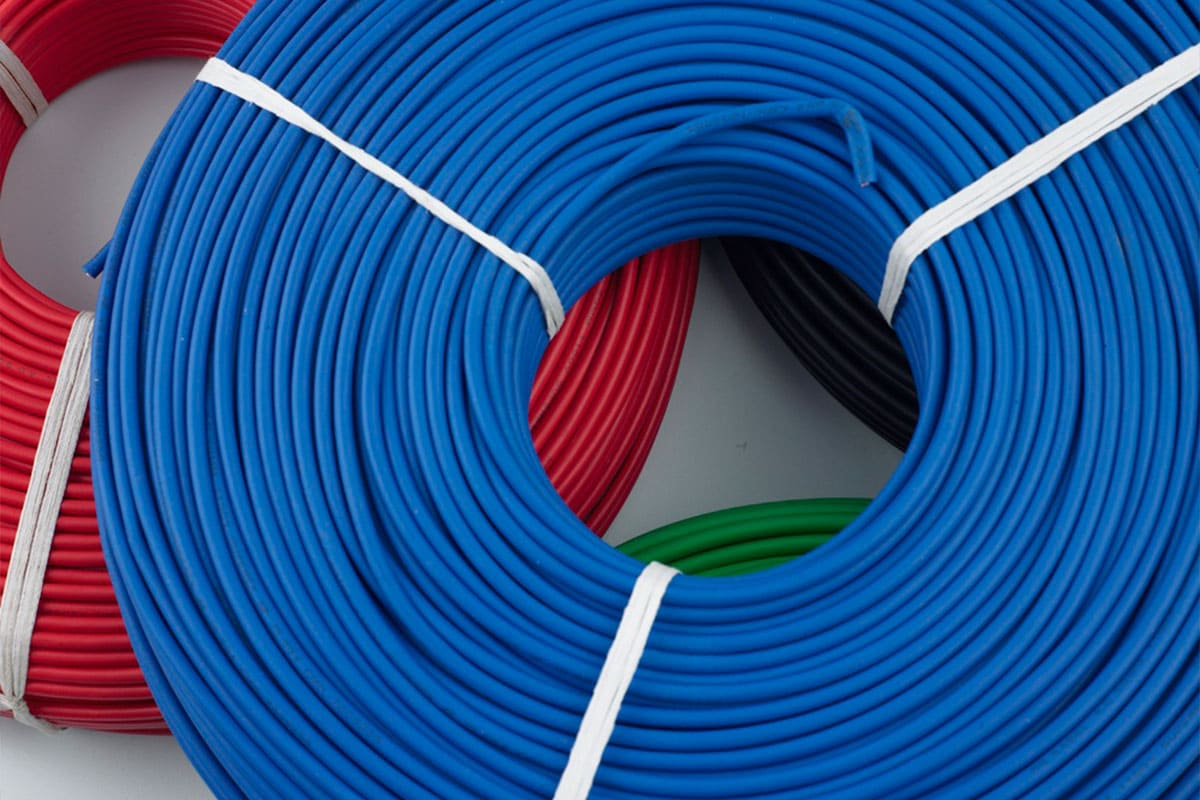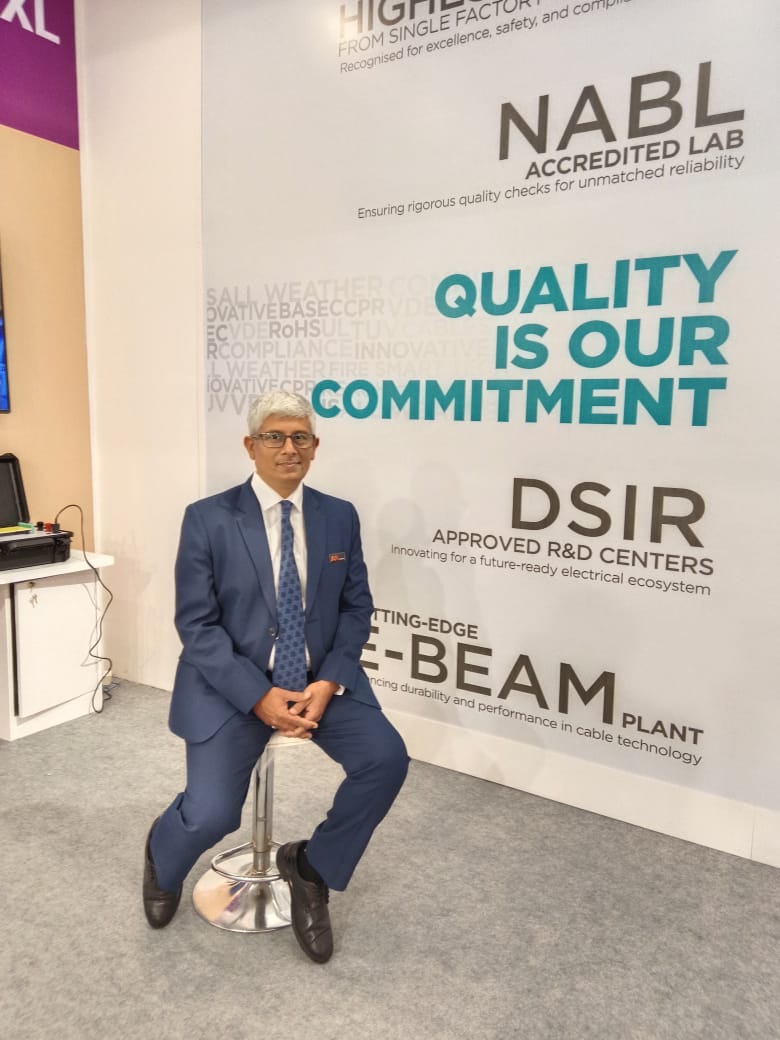Wire and Cable: An Electric and an Engineering Product

In today’s electrified world, wires and cables are far more than mere accessories, they are foundational components of modern infrastructure. Whether it’s powering homes, enabling communication, or energizing massive industrial systems, wires and cables serve as the nervous system of our engineered environment. But beyond their electrical function, these are precision-engineered products, evolving constantly to meet the demands of safety, efficiency, and performance. Wire and cable are not the volumetric nor the gravimetric products.
Many people think of wire and cable simply as a conductor (usually copper or aluminium) wrapped in insulation. But in reality, every wire and cable is the outcome of a deeply technical process governed by electrical, mechanical, thermal, and environmental engineering principles.
Wires and cables are fundamental electrical and engineering products used across various applications. Wires are single conductors, while cables are bundles of insulated wires encased in a protective sheath. They play a critical role in transmitting electrical power and signals, and their selection is crucial for safety, durability, and efficiency.
To successfully conduct R&D and design for wire and cable products, the following engineering disciplines and skills are required. This ensures technical excellence, product reliability, product sustainability, compliance to standards, and innovation
- Materials Engineering / Metallurgy Copper & Aluminium metallurgy, Polymer science for insulation, sheathing material. Other metal and foils understanding and specification for screening and armouring.
- Electrical Engineering defines current-carrying capacity, dielectric strength, and shielding effectiveness, insulation resistance, heating cycle, partial discharge, impulse, short term and long term high voltage.
- Mechanical Engineering shapes tensile strength, Elongation, Ageing, flexibility, abrasion, impact of load / friction and crush resistance.
- Chemical Engineering is involved in developing insulation and sheathing compounds for flame retardancy, UV resistance, oil resistance, and longevity.
- Thermal Engineering ensures heat dissipation, thermal endurance to understand the life cycle, Fire performance and safe operation under load for the continual successful function against all the associated risk with wire and cable.
These attributes must be balanced based on the application, whether for underground power cables, elevator flat cables, automotive wires, data transmission systems or any other application.
Safety and Standards: The Invisible Backbone
Every engineered cable must comply with national, international or fit to application standards / specification requirements to ensure fitness of product against application. The development of wire and cable are designed as specification mentioned in standard or specification required for the customized application. Few of the criteria is as following for the information:
- Conductor resistance and other requirement of conductor
- Insulation specification, requirement and compliance
- Current rating
- EMC Shielding
- Voltage Grading (LV, MV, HV, and EHV)
- Impedance
- Capacitance
- Voltage drop and derating
- Anti termite, Anti Rodent, REACH, RoHS, Weather and environment related compliance.
- Other parameter related to application
These specifications are a result of years of R&D, testing, and field feedback, making wire and cable a regulated, certified product segment.
Customization and Complexity
As technology advances, so do the demands from wires and cables. Industries now seek highly customized products, few examples are as following:
- Automotive : Lightweight, high-heat-resistant cables for EVs.
- Power Sector : Low voltage, Medium Voltage, High Voltage and Extra High Voltage cable with high instrumentation property.
- Electronics : Data cables with minimal signal loss.
- Construction : Fire-resistant, low-smoke wires for high-rises, Fire Survival, Fire Alarm.
- Instrumentation: High speed data transfer for automation.
- SOLAR : Solar DC & AC application.
- ELEVATOR : Horizontal and Vertical Lift Application.
In each case, the wire or cable is designed to meet more than the performance parameters. This is a hallmark of engineering not just electrical parameters but performance under specified conditions.
Sustainability and Innovation
Modern engineering challenges also involve sustainability. Today, manufacturers are innovating with:
- Special compound, additives for the special and critical application
- High Conductivity Copper and Aluminium special treatment like annealing, electroplating tinned over copper for sustainability
- E-beam cross-linking technology for higher thermal, electrical, mechanical performance & environment sustainability
- Smart cables embedded with sensors for predictive maintenance
These innovations prove that wires and cables are no longer commodity products, they are engineered systems, ready for the demands of Industry 4.0 and for future Industry 5.0.
Conclusion
Wire and cable are fundamentally electric & engineering products designed to serve specific functions in electrical, electronic, power distribution/transmission and communication systems. Their performance, safety, and reliability are governed by scientific principles of materials science, electrical engineering, and mechanical design. They are not just raw materials or commodities, they are precision-engineered components that must meet stringent international and national standards (such as IEC, BIS, BASEC, UL, VDE, etc.).
Each type of wire or cable is tailored with specific conductor materials, insulation types, shielding, armouring, and protective sheaths to suit different applications such as power transmission, control systems, data communication, instrumentation, and fire safety.
As such, R&D, design validation, quality assurance, and regulatory compliance are essential parts of the wire and cable product lifecycle. Engineering expertise ensures the right product selection, optimal performance in real-world conditions, long service life, and user safety.
Hence, wire and cable should rightly be recognized, developed, and treated as specialized engineered products, not merely as standardized or interchangeable goods.
Written by Ronak Bhatt,
General Manager | Technical Cell & Product Management, R R Kabel, July 3, 2025.

